Shelflife founder Nick Herbert on his instinct to build a brand that has shaped South Africa’s sneaker culture
An origin of authenticity for brands is relatively hard to come by nowadays. I don’t necessarily mean building something that is true to oneself; people are doing that all the time, and whatever the circumstances, there is an innate authenticity to it. Instead, I’m referring to an origin story that could only really exist prior to 2010; before many of the blueprints that nowadays exist, and that have since proliferated start-ups and brand-building as commonplace features of our lives.
The story of Shelflife, South Africa’s beloved and celebrated sneaker store, has the kind of foundation you’d only get in the early 2000s. Bootstrapped by someone whose instinct for entrepreneurship is defined by rolling, pretty expertly and entirely intuitively, from one opportunity and moment to the next, its founder, Nick Herbert is a stalwart on Cape Town’s graffiti scene — and back in 2003, he literally just wanted better cans for painting. So, as he will detail later in our conversation, he made a plan; like any South African dosed with Mzansi hustle might do. Nick was not at all anticipating that he would found a space that would prepare South African fashion and street culture for the onset of the global hype or sneaker boom; and cement South Africa’s place in the archives of street culture legacy. Neither did Nick anticipate the cultural shift that changed almost everything about the way we interact with sneakers, streetwear and contemporary artistic movements and yet, he has found himself at the very epicentre of it. It’s a crazy origin story — in both its simplicity and authenticity.
Nick, as he tells me, had the opportunity to live overseas when he was younger and he credits this with deepening his curiosity about the world and its possibilities. Between Canada and Holland, Nick’s return back to Cape Town in 1997 (a time without internet or social media) meant that sneaker culture was virtually non-existent here, particularly in terms of access. Of course, no story of South African sneaker culture is complete without the props given to the city’s Coloured community, who have held die hard Jordan and ‘bubblekoppe’ (Air Max) fandoms since the 1980s, and who almost entirely on their own, kindled the flame of Nike’s reputation in South Africa, long before Nike was ever meaningfully present in the country. As Nick shares, “The moment I got to Canada, that was my first intro into the sneaker world. South Africa at that time, we had nothing yet — and I walked straight into the booming era of ‘94, with Jordans and Air Max going crazy. Even at the time, kids had like $120.00 shoes. You can imagine that I walked into school, the nerdiest kid ever with the worst shoes.”
First Spray Paint Delivery to Nick’s folk’s house, 2003, courtesy of Nick Herbert.
Shelflife Flagship Store, 2024, photographed by Paris Brummer.
Nick’s arrival home was at a precise time following democratic liberation in the country. The 90s in South Africa was a decade ripened by hope and change and as a response to the changing of the guard from oppression to new found freedom — young kids were taking up the mantle of artistic expression. “I got into graffiti in ‘98. At that time, it was pretty new in South Africa,” explains Nick, “obviously Falko and his crew had been painting in the ‘80s. I caught a train everyday to school and that’s how I got into graffiti — seeing it on the sides of the carriages. I started to notice names and I started to skate. They always say skating is like the gateway drug to graffiti.”
Still a painter today, Nick’s foundation as a graffiti artist would go on to inform the artistically driven marketing lens that has defined Shelflife. Informed by the culture around him, Nick reminisces that, “during apartheid, graffiti was obviously massively outlawed and there were huge penalties for painting. It didn’t matter what it said, you could spend years in jail — they didn’t want any expression at all, as we know. Now, all the trains and train lines are painted but at the time, those pioneering days — graffiti was a new artform in South Africa.”
For me, as a young girl growing up in the southern suburbs, tags like ‘Toe’, ‘Way’ and ‘Name’ on lamp posts and walls were part of my first taste of unbridled nonconformity; audacious timestamps by people declaring that they were here; shaping the city in the way they saw fit. Few things were as cool as a friend’s older brother having been picked up by the cops along train lines — backpacks stuffed with paint cans and gas masks, determined to illuminate the city with unrestrained expression.
As Nick points out, graffiti was this unusual artform that penetrated across segregated lines in South Africa. Graffiti legend Falko and his crew in Mitchells Plain found themselves in the southern suburbs; and vice versa for others of that generation. “I was completely hooked on graffiti and the cross-cultural aspect was really interesting to me. I started to be able to explore different parts of the city. Especially in Cape Town, people stick to their area or suburb. Graffiti gave me the confidence and motivation to venture to places I might not have experienced otherwise – bridges in Brackenfell, Westridge, Strand – all over.” Nick notes on his self-prescribed education throughout the city, an experience that along with his time overseas — broadened his mind wider and deeper than might have otherwise been possible.
Shelflife’s Artistic Approach to Marketing, courtesy of Nick Herbert.
Shelflife’s first graffiti exhibition,Nike Yeezy 1 Shoe that changed game, courtesy of Nick Herbert.
Within this context, Shelflife was born. Nick explains that the store’s lore is based on a really simple idea, entirely for his own painting practice. “We had really shitty cans, there were no supplies available in South Africa at that time,” he notes, and “this company in Spain, Montana, pioneered the first cans specifically for graffiti in the early 90s. I literally just wanted better paint and the minimums were really big – I think around 2000 cans — so I started to import them to my parents house and I would sell out their house. I’d sell everything to pay it back until I had about 150 cans left which were mine.”
From a business perspective, importing cans to a niche market solved a problem — and as he recounts, “eventually it got to a point where it was a bit too much for my parents. They didn’t say anything, but guys were coming to their house — this one time, I was at a party, and my mom called me to tell me some guy arrived at the front door, at 12am. She was like, ‘is it cool if I sell them some cans?’ Which is mad, actually.” Nick realised he could make a living just from selling spray cans, which led to the opening of Shelflife as its own standalone space.
As Marc Ecko of COMPLEX and famed skate brand Ecko poignantly described in his Cutting Room Floor interview with Recho Omondi, there were certain people in the early 2000s who saw the tides changing. Previously, interests were siloed to their niches—music for musos, sneakers for sneakerheads, art for art collectors. Yet, a cultural shift was brewing, in which the intersections between these worlds would become more pronounced and gave rise to new forms of expression and collaboration.
I believe Nick was one of these people, though he self-admittedly doesn’t ascribe to being led by a particular vision. I ask Nick what led to the expansion of Shelflife’s offering from cans to sneakers, “this was around 2004, 2005, and there were still only skate or surf stores. Brands like Billabong, Quiksilver; that was it. A friend of mine came down from Germany and he ran STYLEFILE, the biggest distributor of graffiti products and adidas at the time in Germany, alongside being a magazine. It was really clever, they used their magazine to advertise their product. They would basically give their monthly issues away just to communicate what they stocked.”
Nick says, “he came to visit and felt it was absolutely insane that we didn’t have a streetwear store. So, he guided and helped me a lot in the beginning. I was lucky enough to have travelled and understood a bit of the culture happening overseas. In South Africa, ‘streetwear’ or sneakers were still categorised under sports. People literally thought Air Max was a running shoe, and Jordans were a basketball shoe.”
This bolstered Nick’s confidence that what was happening overseas would inevitably reach South Africa. Cemented by the notion of “why not here” Nick would go onto introduce sneakers as a lifestyle product to Shelflife. At home, people were hustling to get their hands on anything they could find. Some dedicated sneakerheads frequented factory shops, hoping that a few limited-edition or rare pairs would trickle through the supply chain. The landscape wasn’t arid – it was non-existent – and as Nick notes, “I knew that if we marketed sneakers correctly, it would just be a matter of time.”
Nick notes that “we had a different route, which was graffiti. That gave us our way in to connect with and build a community through and around them. I think we were about five years ahead of the time. By the fourth year, I was over it — it was shit, we were completely broke. Thankfully, we held out until 2010 when the hype explosion happened. Before that, we were shooting in the dark. It was quite a long process.” Nick’s perseverance was born out of sheer necessity, “I didn’t pay myself a salary for the first four years. All we were doing was marketing. We’d get marketing budget from brands — if there was anything left at the end, it was for us — but to make up the difference I was doing graffiti projects, painting murals, we even did posters for the old Assembly. Anything for money, really!”
Staying true to one’s instinct is an excruciatingly difficult task. I ask Nick about those early years, to which he says, “once the store was done, I immediately added a gallery space. From the beginning, it was Shelflife Store and Gallery. I knew that the culture had to be there, because there was no place to showcase graffiti — nobody wanted to touch it, it was still thought of as vandalism. We did our first show about six months after opening the gallery and we put together a show archiving graffiti on trains, which had never been done before, and I remember reaching out to a fine art magazine for coverage, and they thought it was terrible. I remember so clearly that they couldn’t understand it. Now, they LOVE graffiti! It’s really funny to look back on,” and that, “in the beginning no one wanted to stock us, so New Balance and ASICS were the only two brands to begin with.”
It was worth holding out for because in 2010, everything changed — and the fashion landscape as we know it would never be the same. The ‘hype culture’ shift hit global culture hard, precipitated by the rise of social media platforms like Instagram and Tumblr, that almost all at once democratised trends and amplified brand visibility. Unified audiences now had direct access to the key players, including Supreme and Ye who led the charge with limited-edition releases and high-profile collaborations; literally, creating hype. Virgil Abloh was gaining momentum as a designer and voice of generation, and streetwear became validated as an artistic expression and fashion category entirely on its own. Sneakers would be a main artery that ran straight through the heart of this movement.
By the time the shift happened, Shelflife had already been ahead of its time; using formats like parties, activitiations, showcases and more to create energy and connectivity around a product and believe it or not, this was a new way of doing things. I ask Nick about the moment that he felt was pivotal for the brand’s success and he says, clearly, that it was when Nike showed interest. As Nick reflects, “someone at Nike came on board through someone who still works there, Kemi, who bought us on big time. He could see the vision of our store. The first product was a general Air Force and we did an entire show around it with customised paper shoes. At that time, I partnered with Dr Zulu (AKA Gary Du Plessis) and we started to work on a lot of cultural moments and launches. Those exhibitions, no one had really done it for lifestyle products at that time, around 2007.”
With the internet kicking off and Nick’s artistic approach to marketing, conceptualising products beyond their intended purpose or function as a novel and new approach, Nick says that “I think what has connected us to these brands is that we’ve always maintained an ability to approach products through marketing that hadn’t been done before and that brought a new perspective to the category. I didn’t really have a vision for it, we just knew we had to push really hard to sell the product by educating the South African market.”
It wasn’t always easy to drive home the point of their mission, with Nick and his team having to create their own market entirely, instead of towing the line for a pre-existing market, as they were undoubtedly pressured to do, “when we opened the store, I made it a massive point that we wouldn’t stock skate or surf stuff. Ever. All of my friends were like, ‘look, I’ll support you, but I don’t want running shoes? If you just had Etnies or DCs I’d buy them.’ We wanted to make a clear line that we weren’t a skate store. At the time we couldn’t have sold them and made money, we had interest, but we didn’t want to. We had to be extremely clear about what we were doing.”
As a founder, Nick has had the rare experience of watching a tidal wave approach and it’s why Shelflife is eighteen years strong and still has so much left to do. On the explosion of hype, Nick shares that “at the time, sneaker culture was so small, you could fit them all into a room. If you saw someone wearing Air Max or Air Force on the street, you’d stop them and it would be a talking point. It was a really great time, you’d be like ‘oh they had a special sample at Access Park or my brother just went to New York’. It was that rare. Now, the whole market is flooded and you can get whatever you want.”
“The hype came really, really quickly. We had the first online store in the country for footwear. It was a terrible site and we had a sale maybe every couple of weeks, it was a joke. It’s difficult to think about online stores being non-existent, but at the time I just knew I had to get it done correctly, so I brought my cousin on board and we built this site that was fully synched to our POS system. We started to see sales and it grew incredible. Once we started seeing hundreds of pairs a month of white Air Forces or Roshe 1s moving on the system, we knew things had shifted — that there had been a mindset change.”
Nick regards the launch of the Nike Air Yeezy as the exact moment that changed the culture, recalling how it marked the first time a line formed outside the store, with people eagerly waiting for hours before the release. At its peak, the hype culture escalated to the point where customers would camp out for four or five days in advance, right outside their store. Ultimately, to manage the overwhelming demand and discourage the lengthy waits, Nick and his team had to implement a raffle system for future launches. In a twist of poetic justice, South Africa lucked out on the Yeezy drop,“it’s mad to think about now but Nike brought in about 300 units into the country, and I think we got about 12 of each colour. We kind of sold some, and had quite a few sitting — now, those are worth R60k a pair. At the time, they were like R1,800.00.”
Action Bronson visits the store, Nike Yeezy 1 Shoe that changed game, courtesy of Nick Herbert.
Nick’s Graffiti, courtesy of Nick Herbert.
Those days are over and like every tsunami, there is the break on the shore line as the chaos dissipates. Today, the market is highly regulated by brands and stores, across varying account structures, system restrictions and shared calendar timelines. “Before Nike might have said, ‘we’re really sorry there’s a two month delay on a product’ and it was totally fine,” and that now, Nick notes “we have to release it on the exact day, at the exact time, otherwise someone will just go somewhere else.”
With the wave came the onset of massive sneaker reselling scandals that revealed critical ethical issues and a pressing need for transparency within the industry. A particularly infamous case is the ‘Nike backdoor’ controversy involving Ann Hebert, the former Vice President at Nike, when it was disclosed that her son, a prominent sneaker reseller, had acquired $132,000 worth of exclusive sneakers for resale, on her credit card. In a parallel incident, Foot Locker faced severe backlash after it was uncovered that the company had been supplying sneakers directly to StockX, a major reselling platform, prior to their official release. As Nick explains, “if you’ve got a special release and it’s worth much more in the secondary market, it’s called backdooring. People will basically hide pairs and sell them for more. A lot of stores globally have done it and they’ve been found out, and lost their accounts. We have been really strict about it with our staff and have had to fire people because of it. We knew that if we maintained integrity, we would continue to get the product and be part of the huge future that sneakers culture has.”
This year marked a new frontier for Shelflife — with the closing of their decade-long home at Longmarket St, and the opening of their flagship, expanded concept store on Bree St. Alongside the Shelflife Joburg store, their new space is a return to a founding principle for the brand. “Previously, we were tucked away off the street in Loop St – which was intentional, to have a space where graffiti artists could hide out. Longmarket St was a huge step into another world and we reached so many more people, which elevated our brand,” Nick shares and that, “it’s amazing how quickly that Cape Town store became too small. We were advised that we needed a much bigger space, and we knew the time would come to step things up to another level. That store took us over a year in terms of design and planning.
In the spirit of iconic street concept stores like Paris’ Colette, Shelflife’s new store has welcomed an expanded focus on clothing, the addition of homeware and a coffee shop. As Nick has grown up, so too the store is now a grown up version of itself, “We wanted to get back to having a gallery space, which we have again, as well as a coffee shop where people can sit and hang out. We were very product for some years during the hype, which came so hard and fast. It’s a great moment now where we can get back to our cultural focus — there was about two to three years where I think we lost ourselves a bit, not necessarily because we wanted to make money, but we were in over our heads a bit with how much work it took to focus on sales. I think the opening of our store is a massively defining moment.”
Over eighteen years, Nick shares the highlights have been brand collaborations, “which are the ultimate acknowledgment from any brand that we carry. Our first one was with Puma in 2010, followed by New Balance in 2013 and then Fila. In 2016, we executed an adidas Consortium project, which was a game-changer for us — we had the opportunity to re-retro a model that hadn’t been released since the ‘80s, and it ended up being sold in over 80 different countries.” Then, of course, Shellife did the iconic Jordan 2 collab – a personal invitation by the brand to work alongside the global design time, choosing and conceptualising a Jordan 2 that distilled an essence of South Africa. As Nick says on the sheer magnitude of this legacy project, “even when I got the phone call, I didn’t believe it. It was something I’d dreamed about since I was a kid. It was the first Jordan collab to ever happen in Africa.”
Shelflife is fast becoming a heritage brand and it’s been a space that many creatives have come up in, whether directly through the store or tangentially as part of its community. With a new store and the kind of consistent drive that most businesses could only hope to have, this new era is a cooling off period; the heat is over, the explosion has tapered, and as the Kaapse adage goes – we kap aan. On the future, Nick says that “our own in-house brand is something really exciting, we are focusing a lot on that. We’re collaborating with people — like recently we did something with motelseven, she’s incredible and the collab was really us going back to our graffiti roots. Then, we’re excited to be putting so much more focus into our cultural programs and Run SL, our running crew. Other than that? Just carrying on until something comes up. There’s no massive vision and I don’t plan according to where I necessarily want to be. We rather move with the times, to innovate and pivot when it’s required.” It’s all about instinct, baby — and an innate dedication to change and discipline. Only the sneaker gods know what Shelflife will cook up in the next eighteen years and counting.
Written by: Holly Beaton
For more news, visit the Connect Everything Collective homepage www.ceconline.co.za

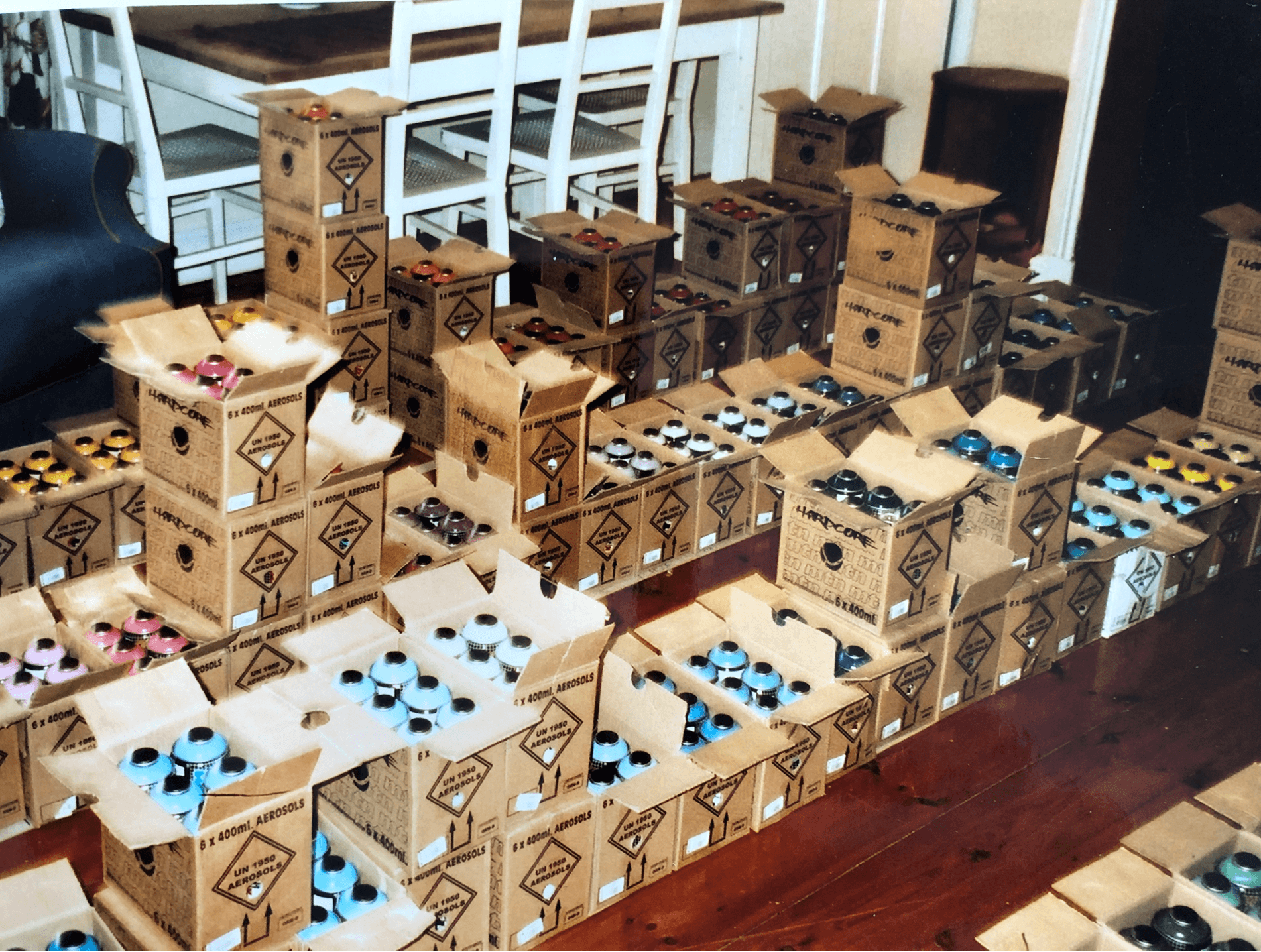
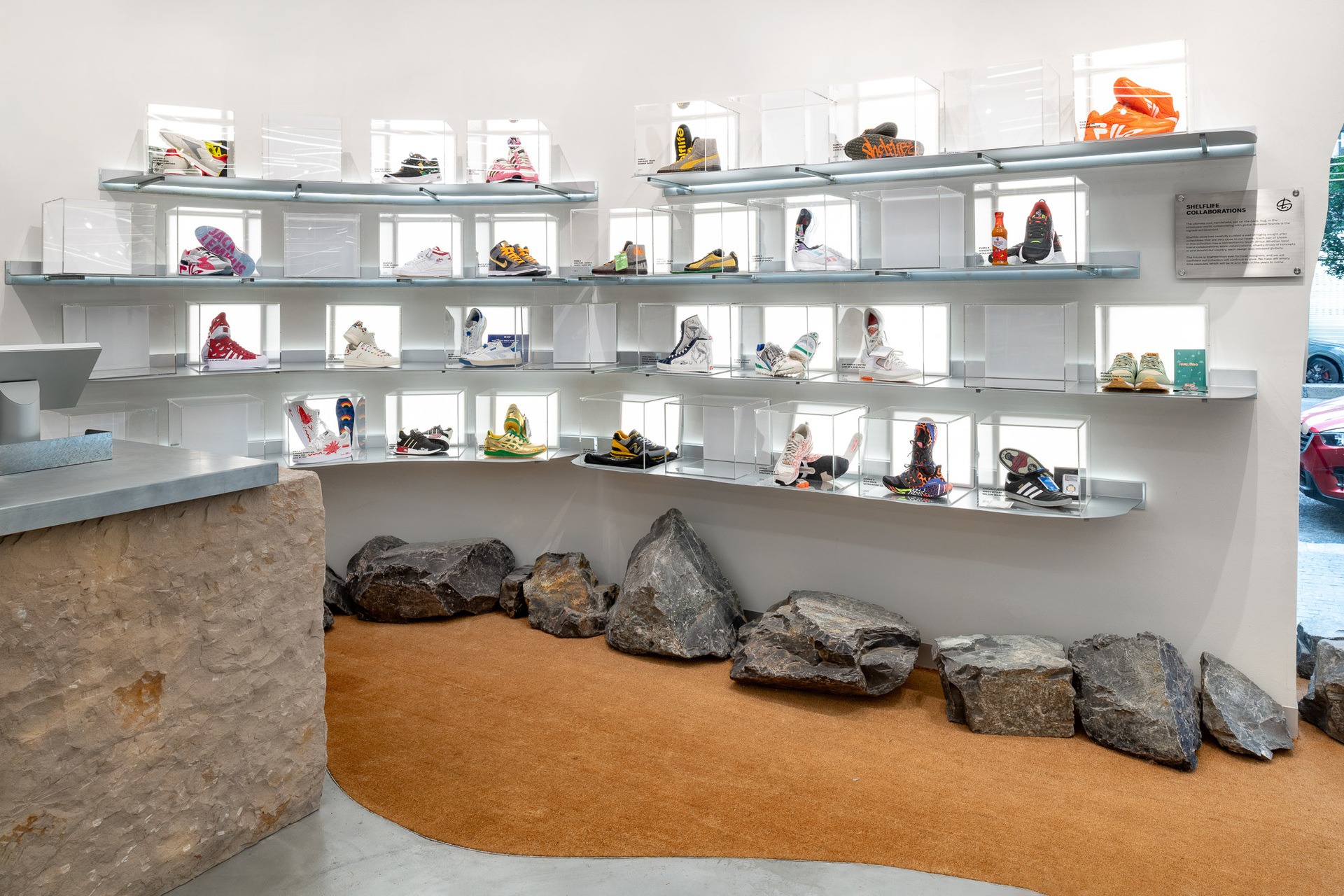
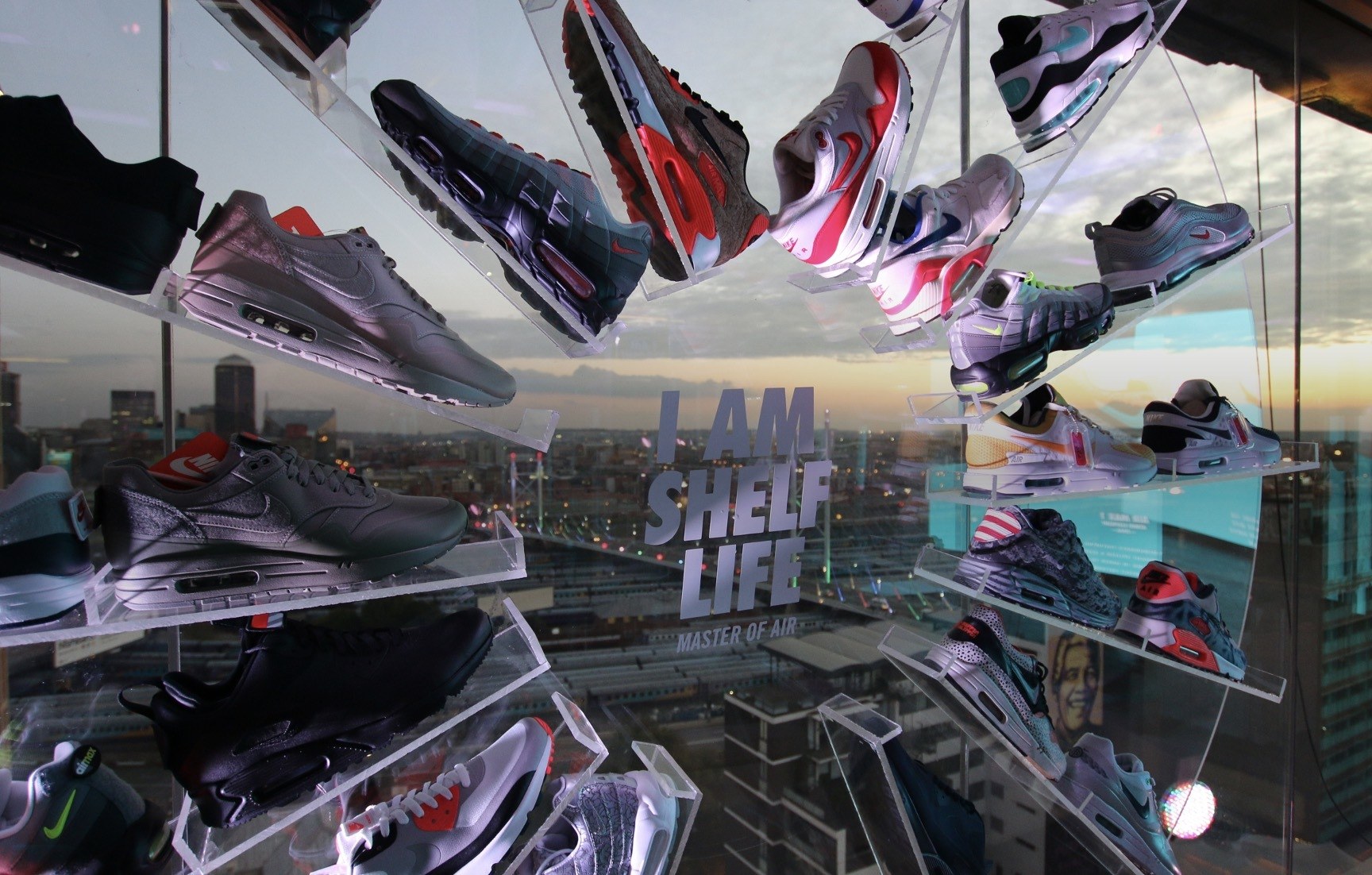
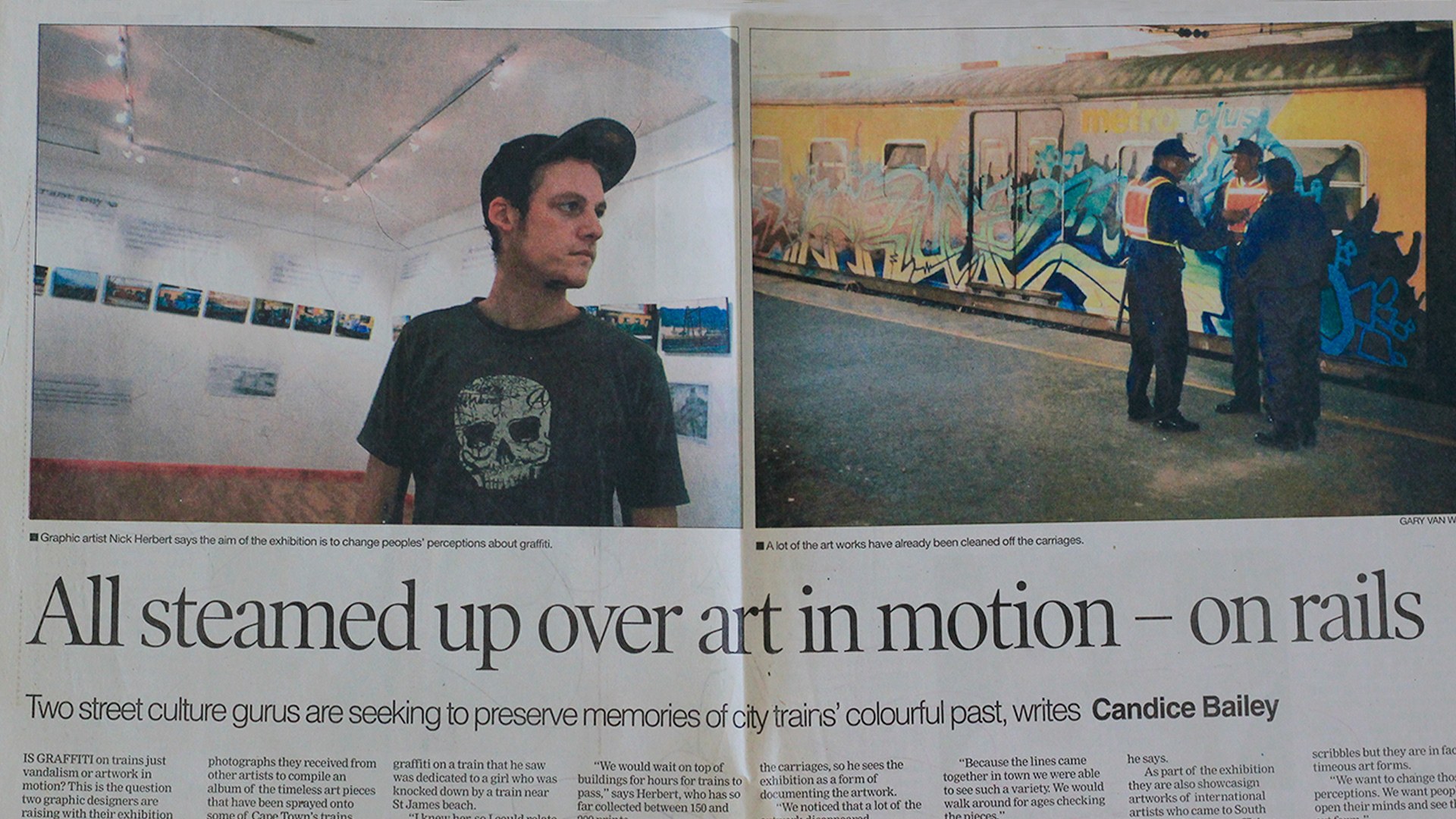
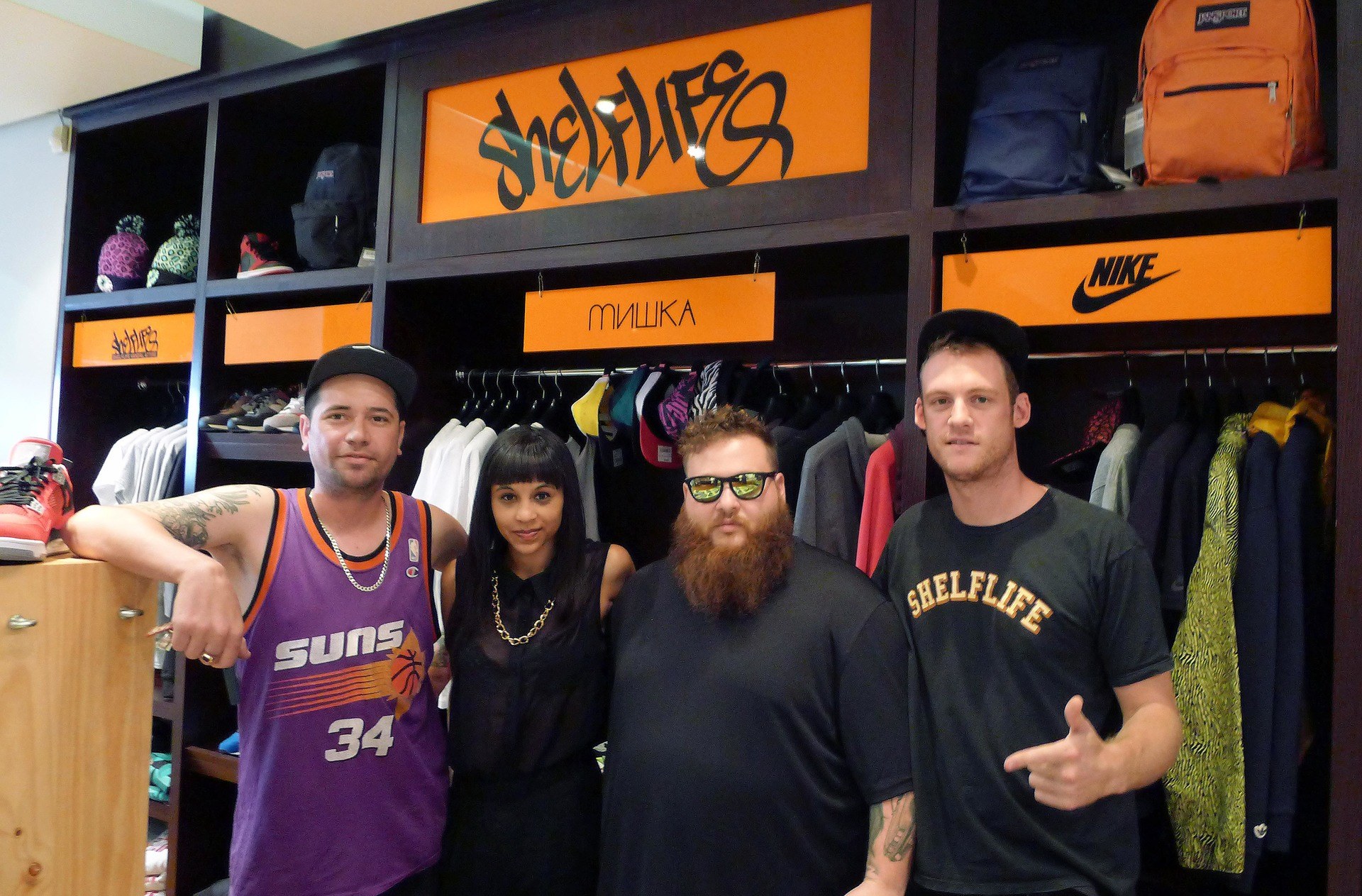
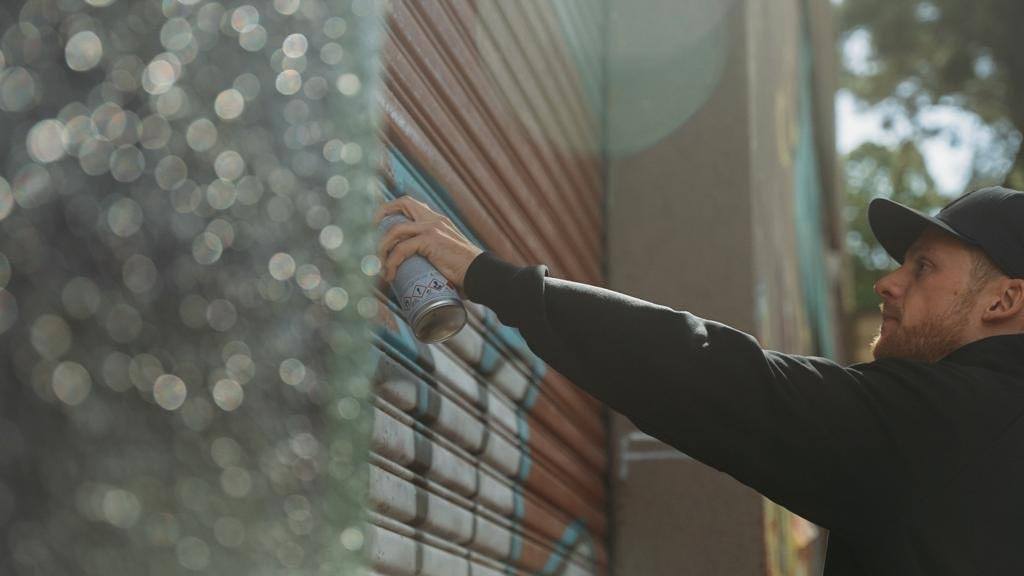



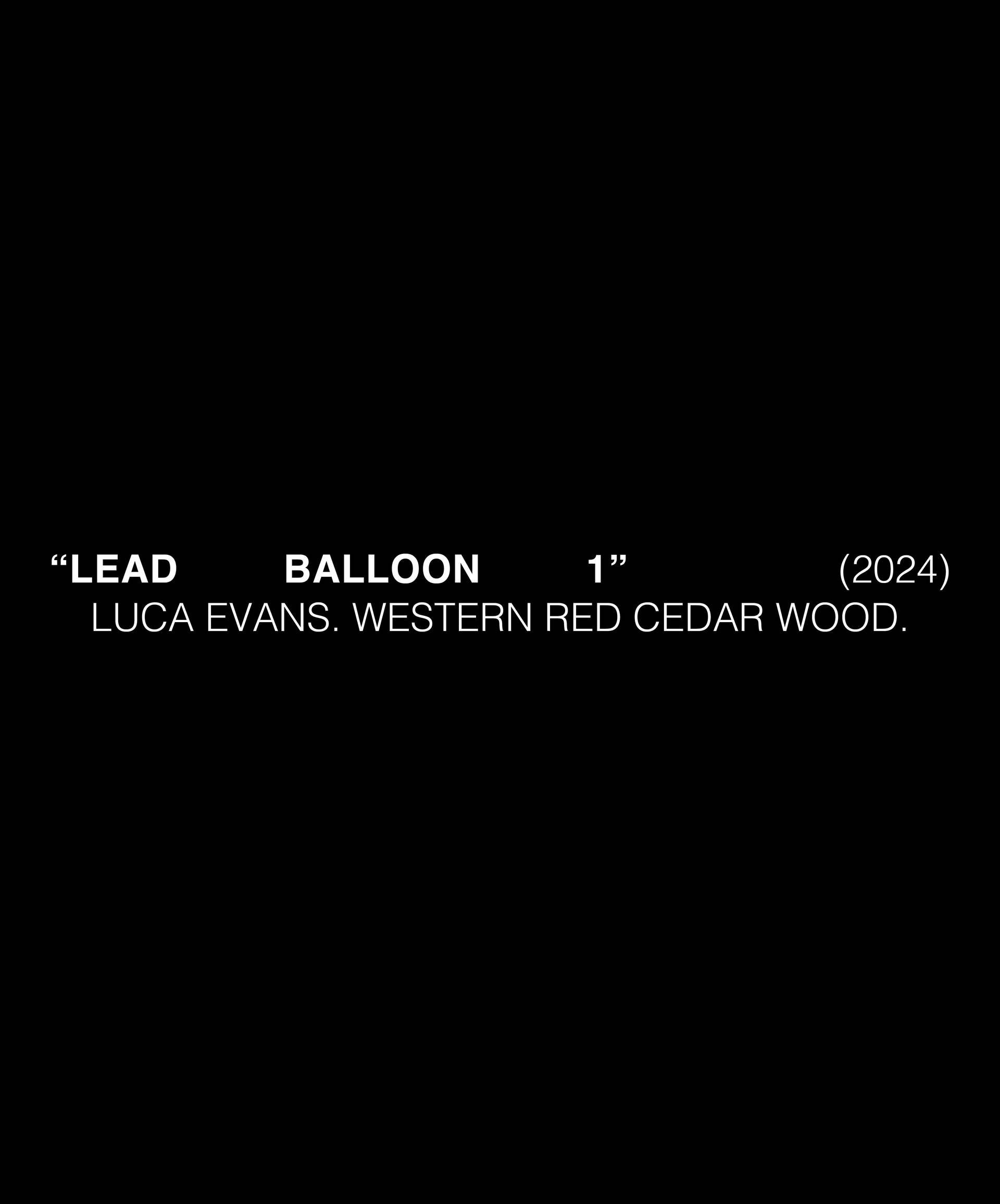
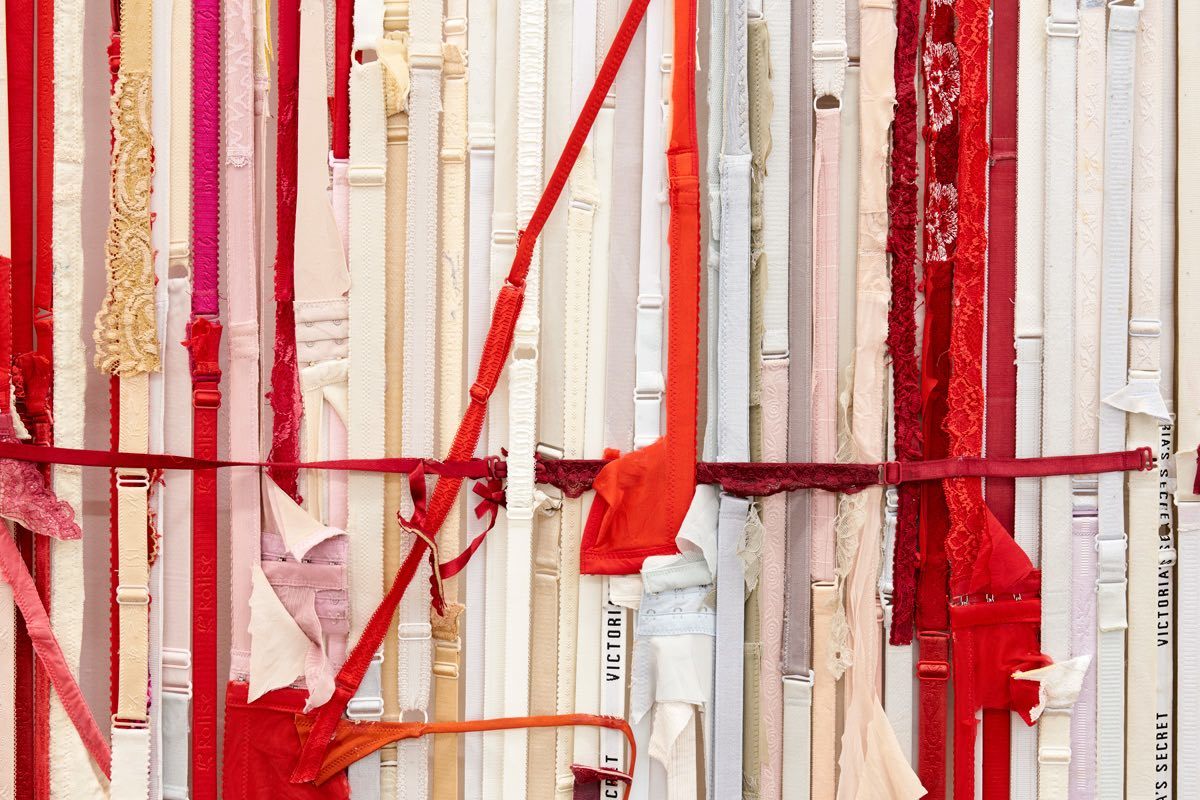
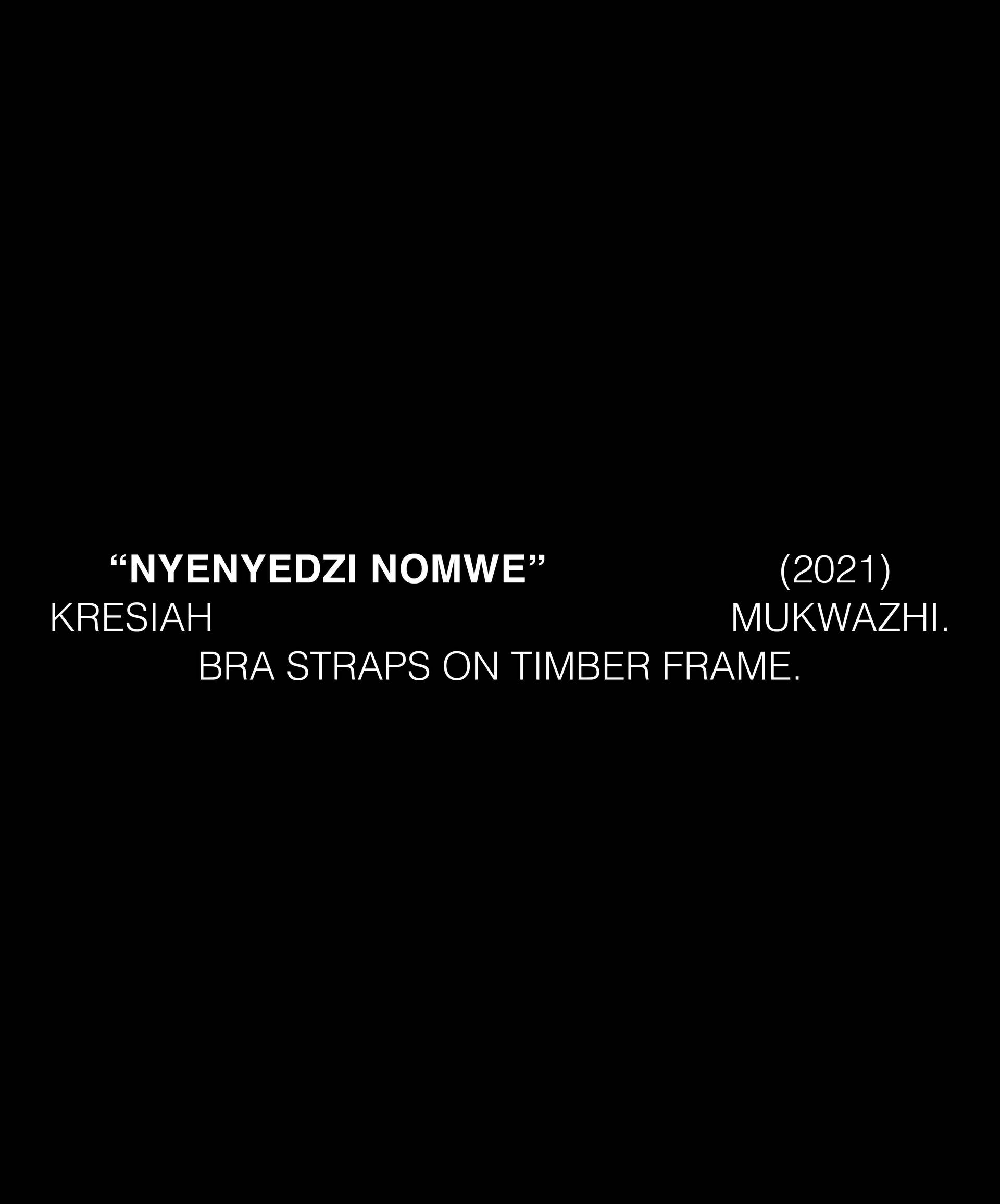
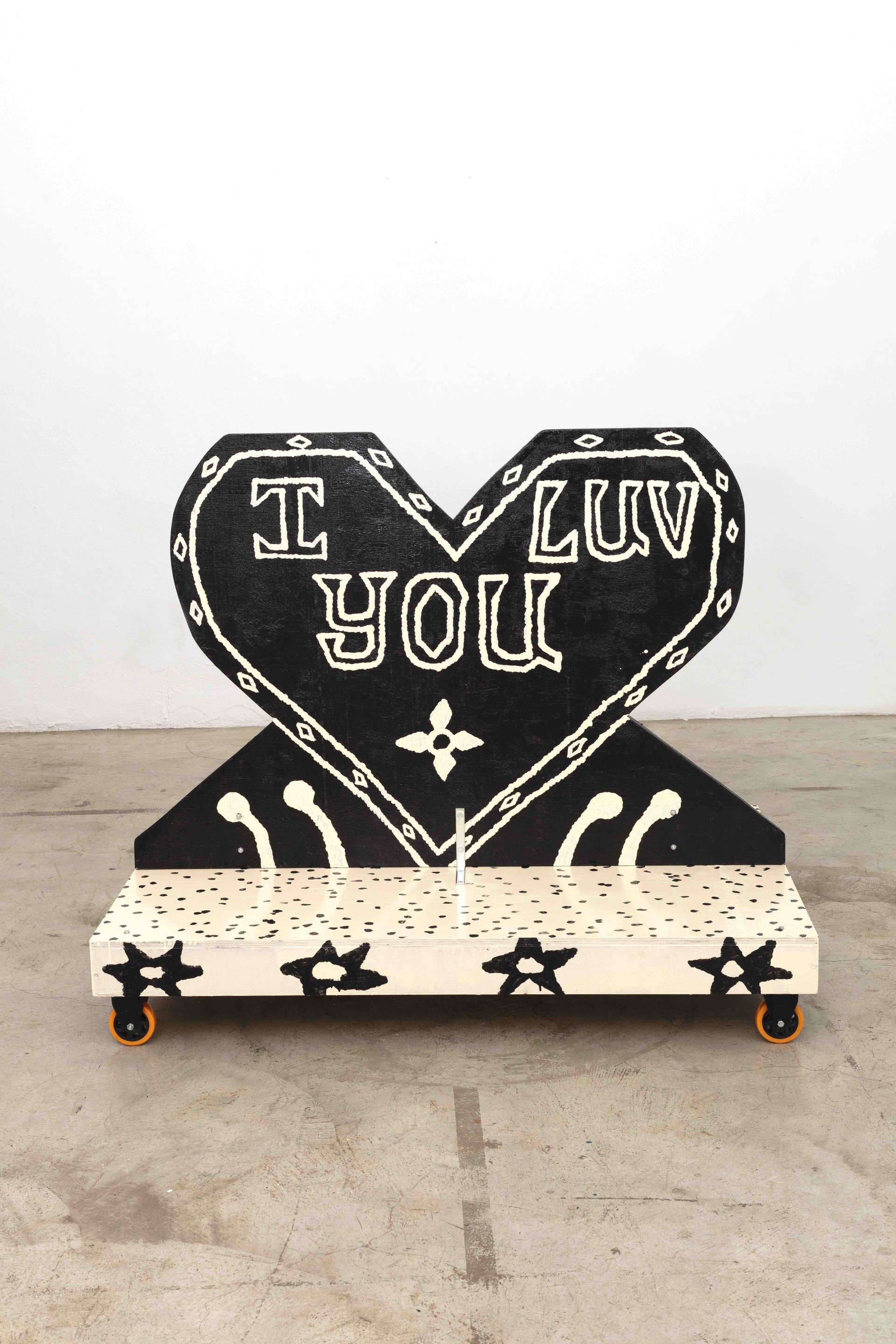
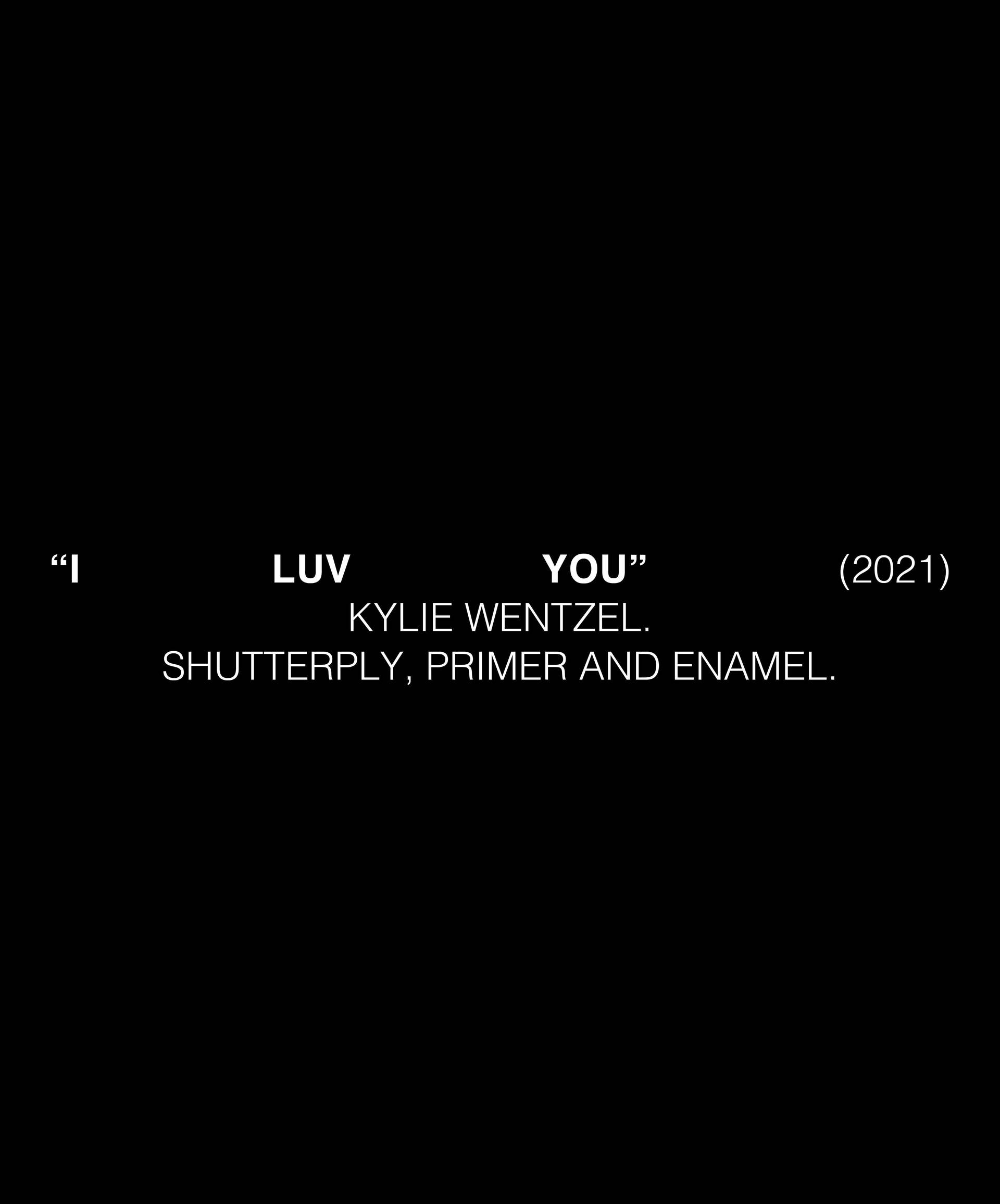
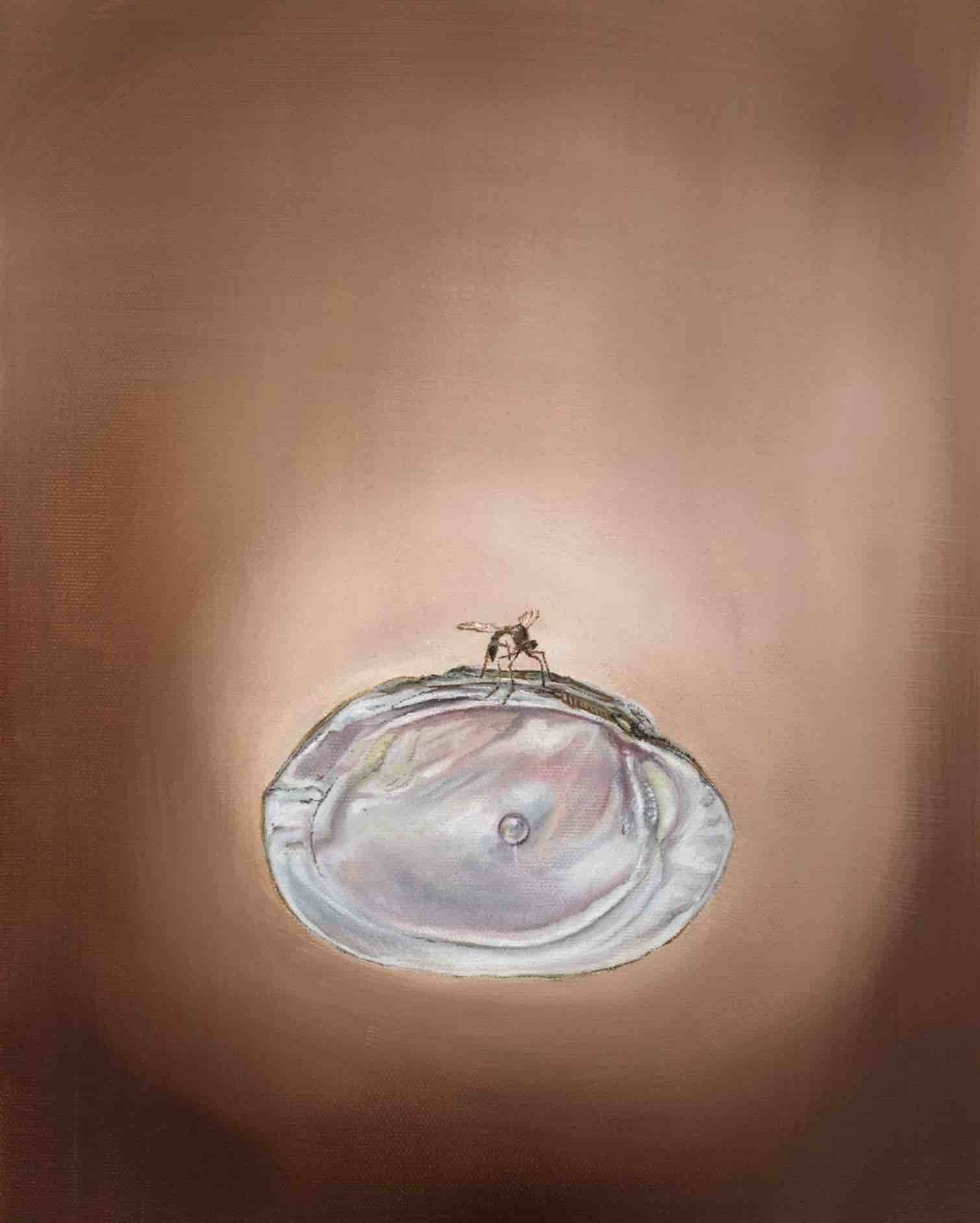
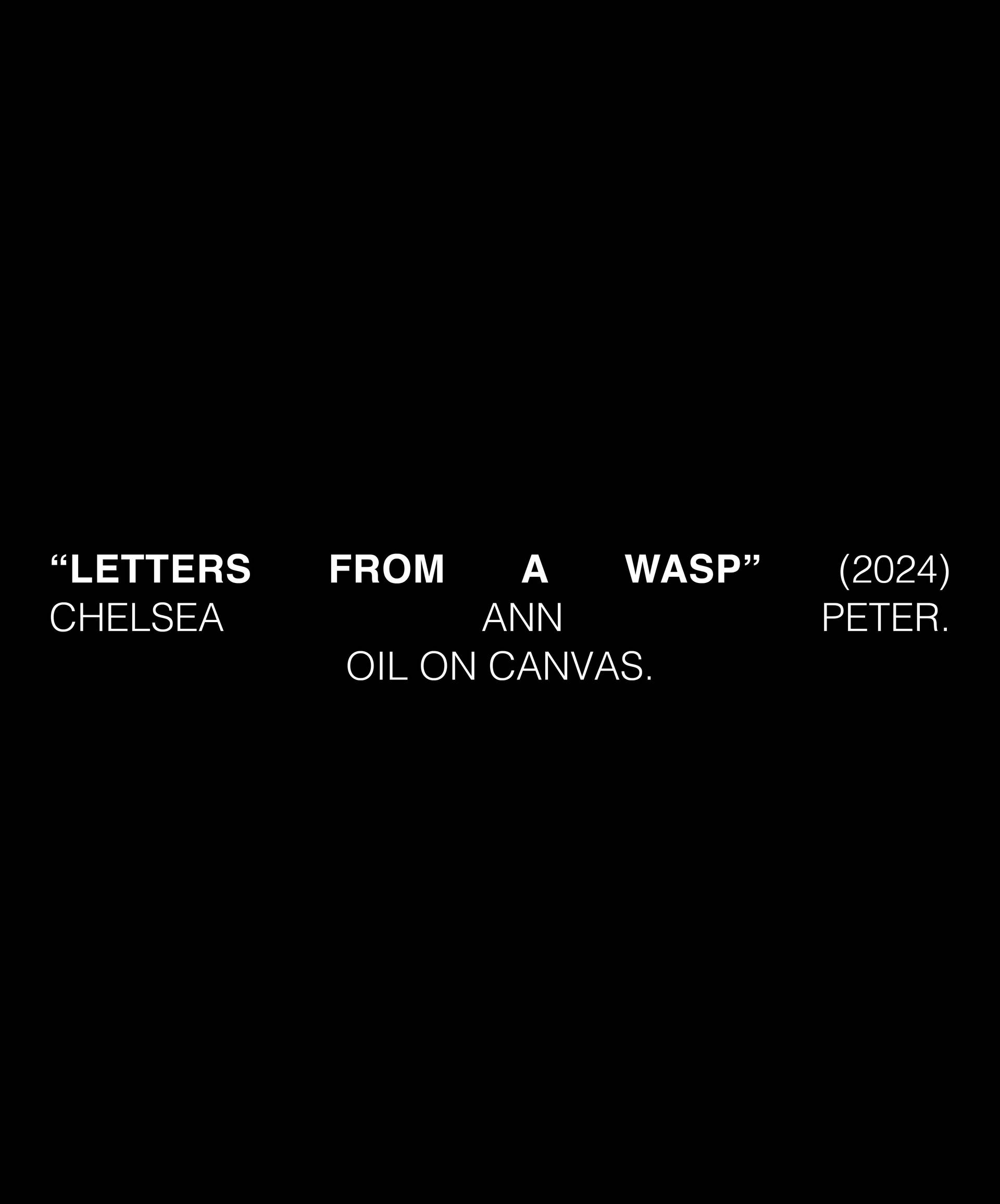


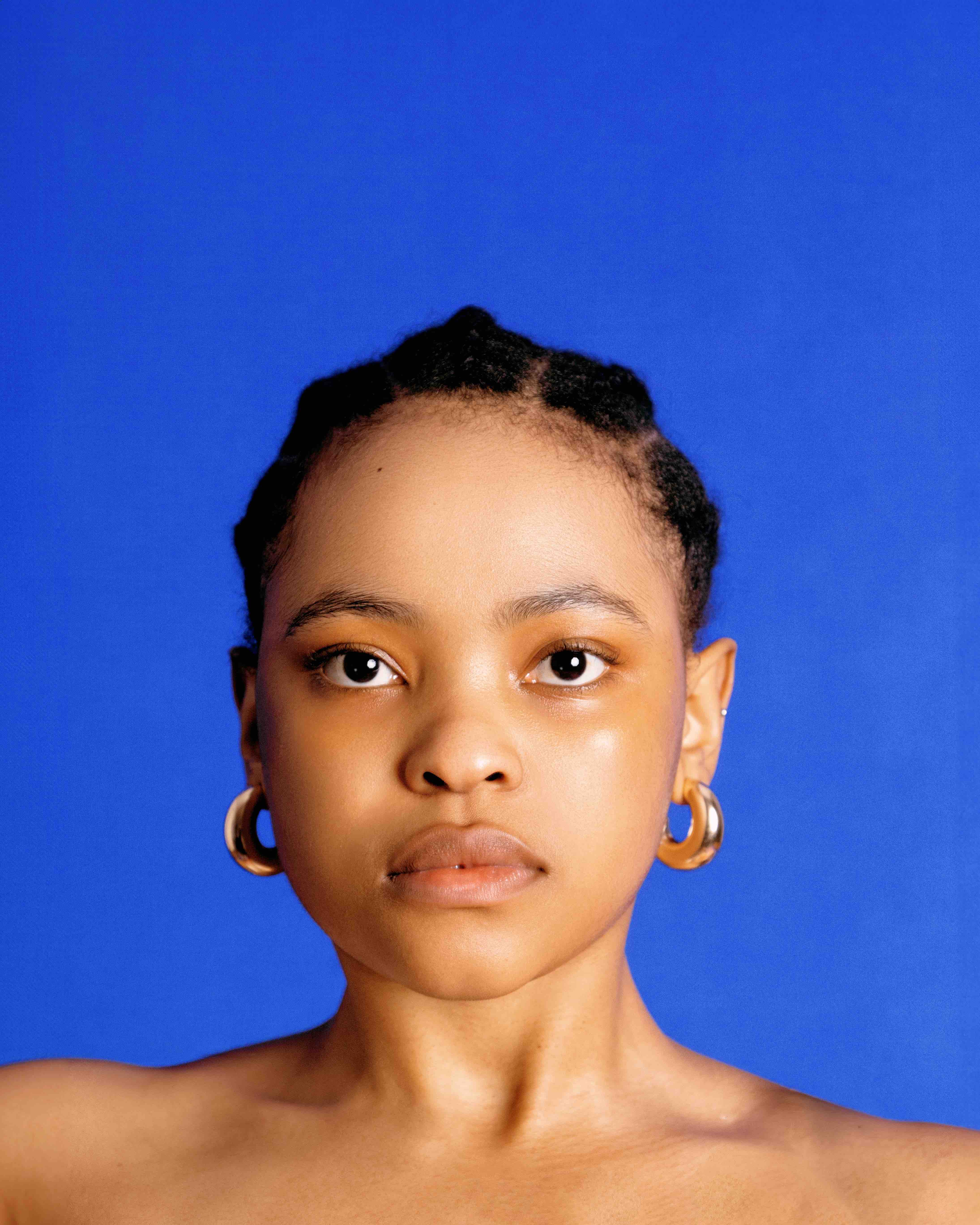
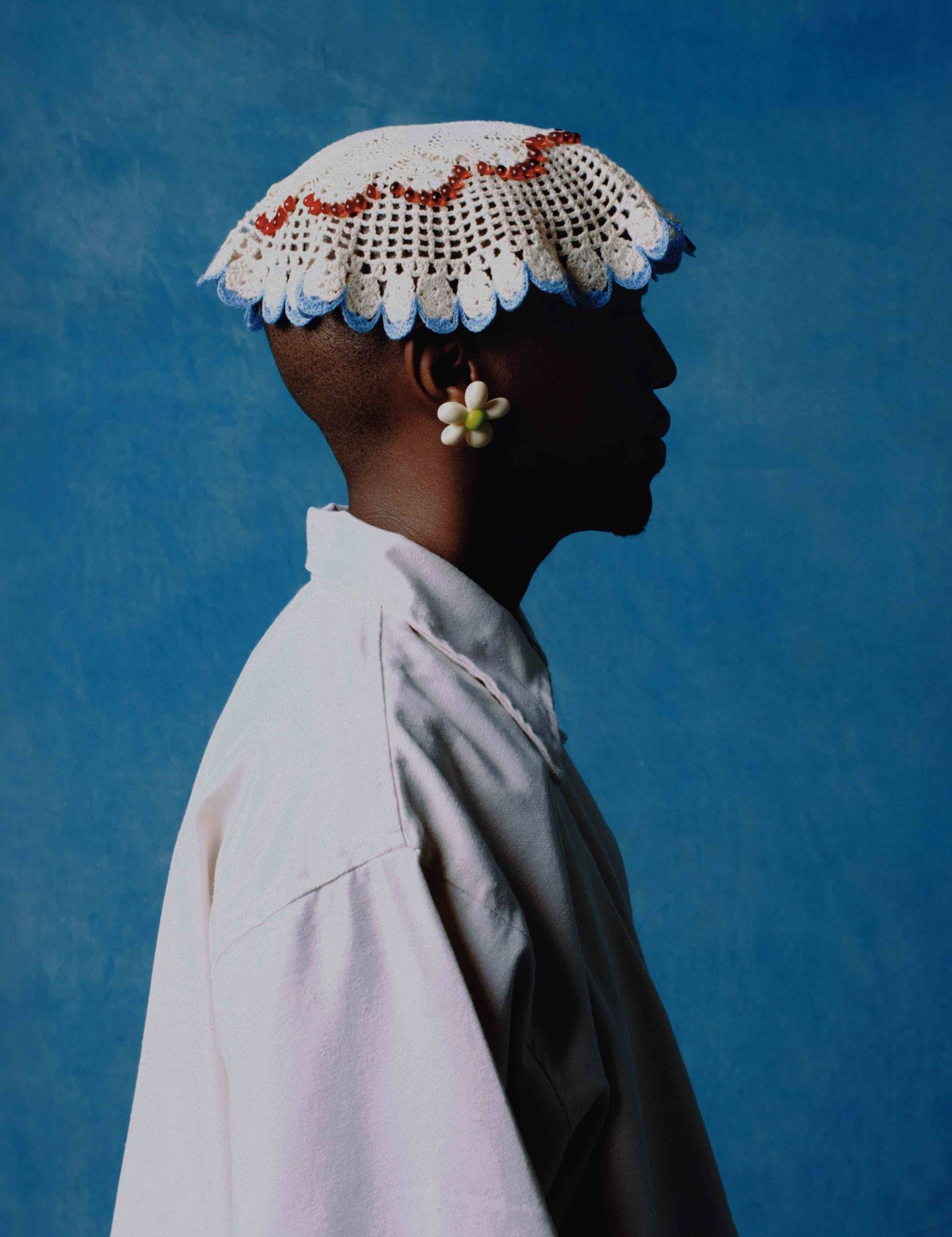
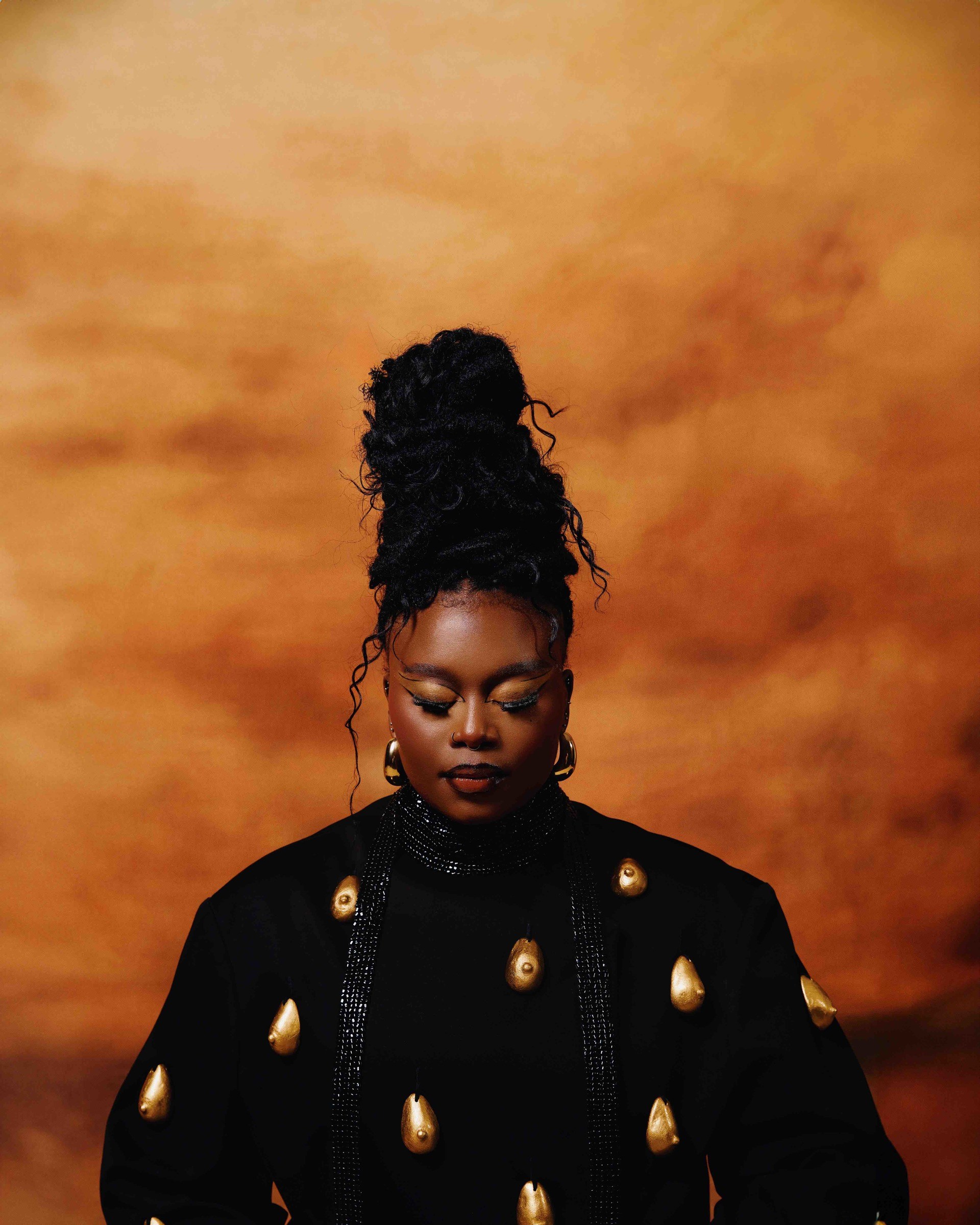
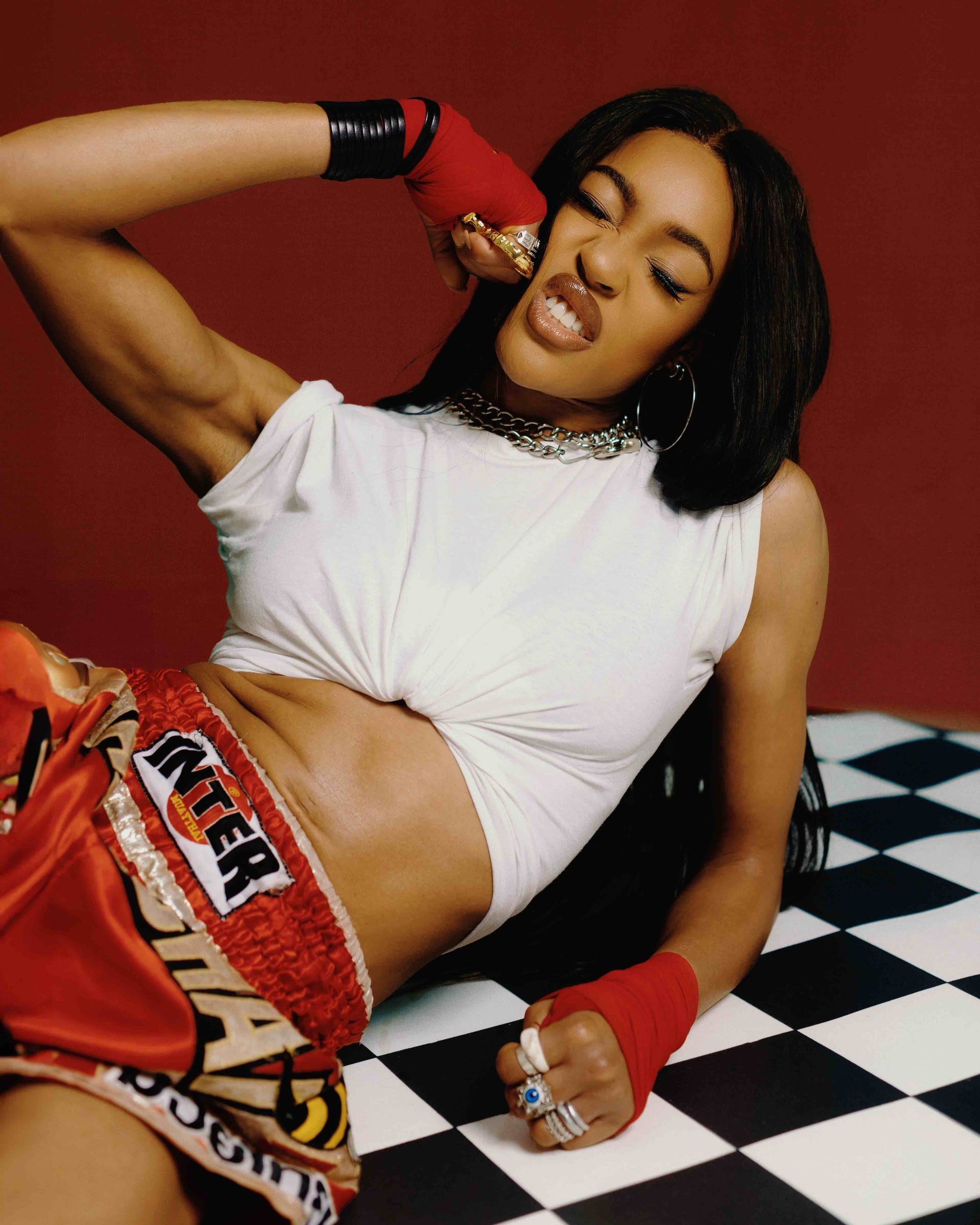
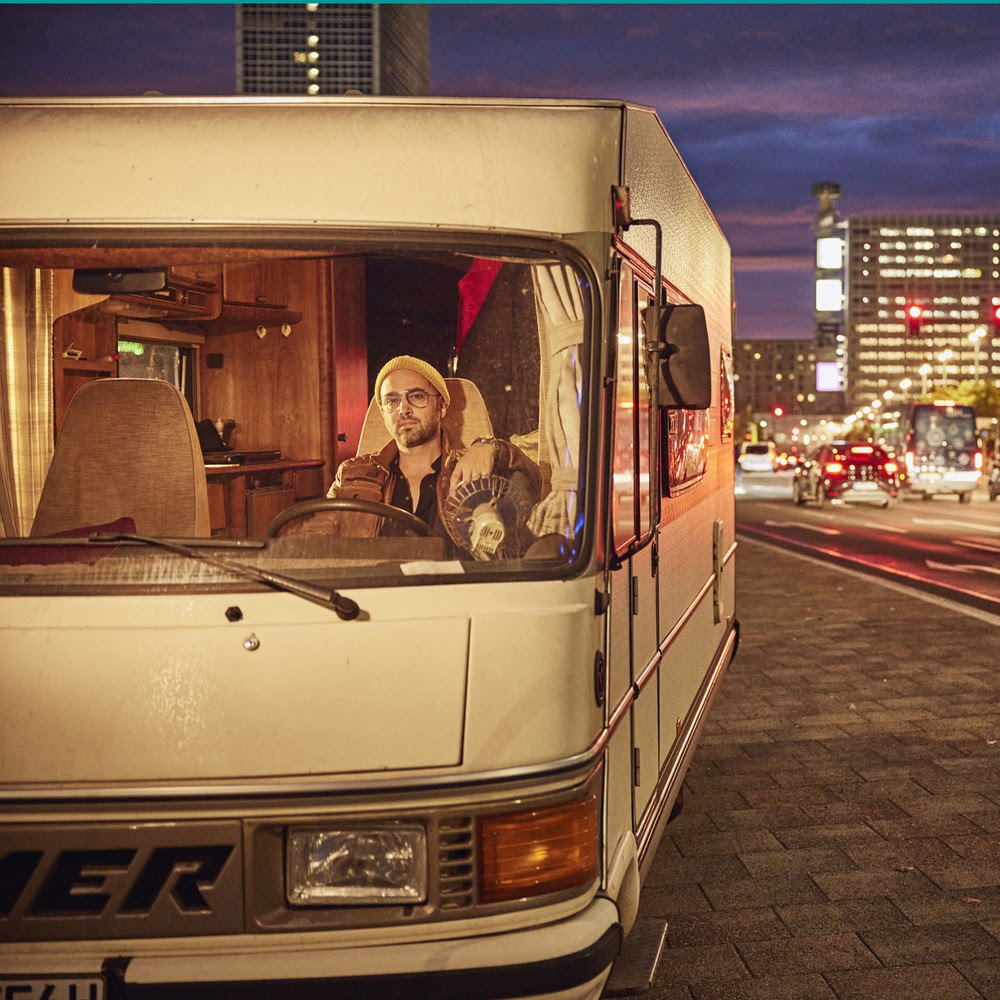
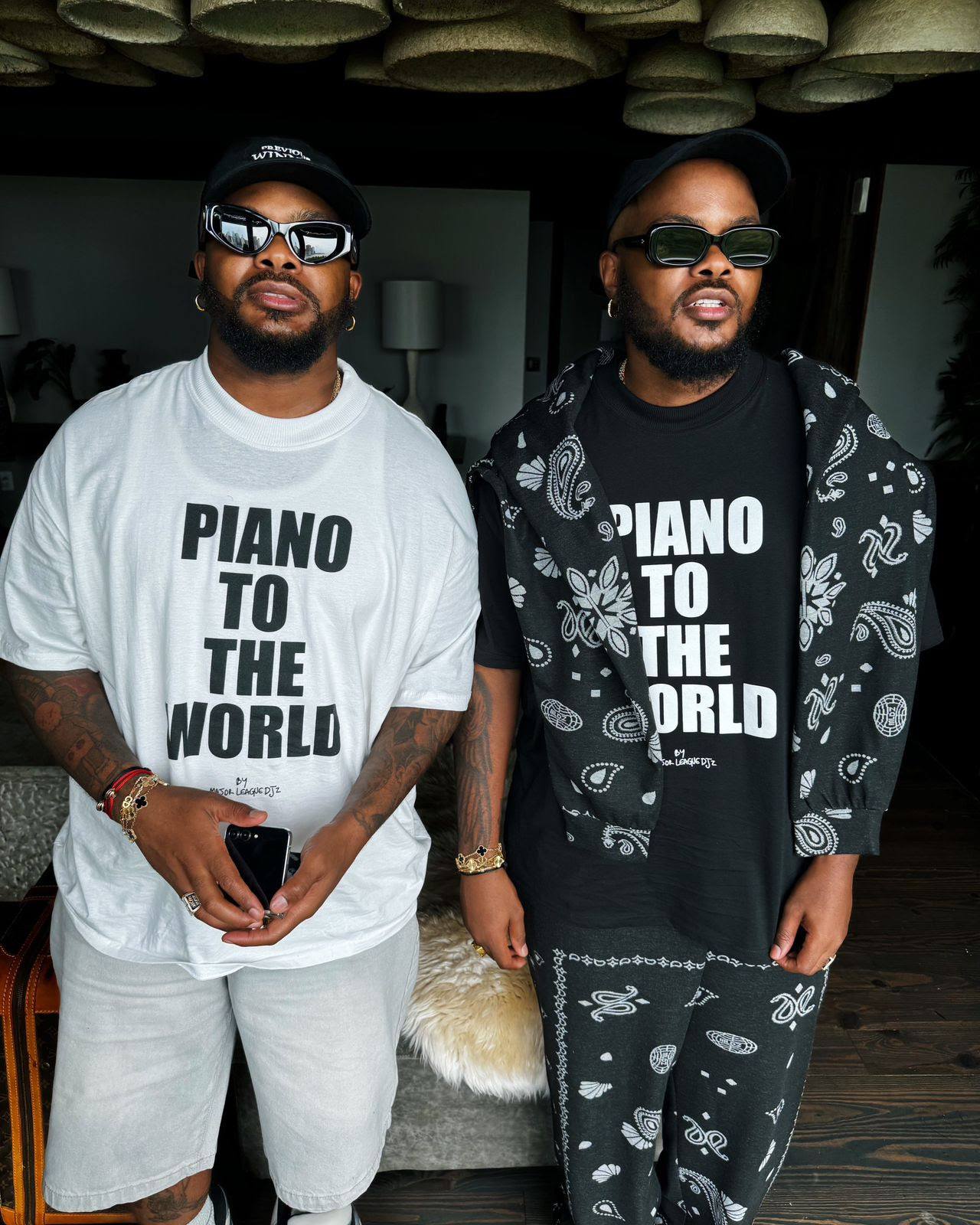
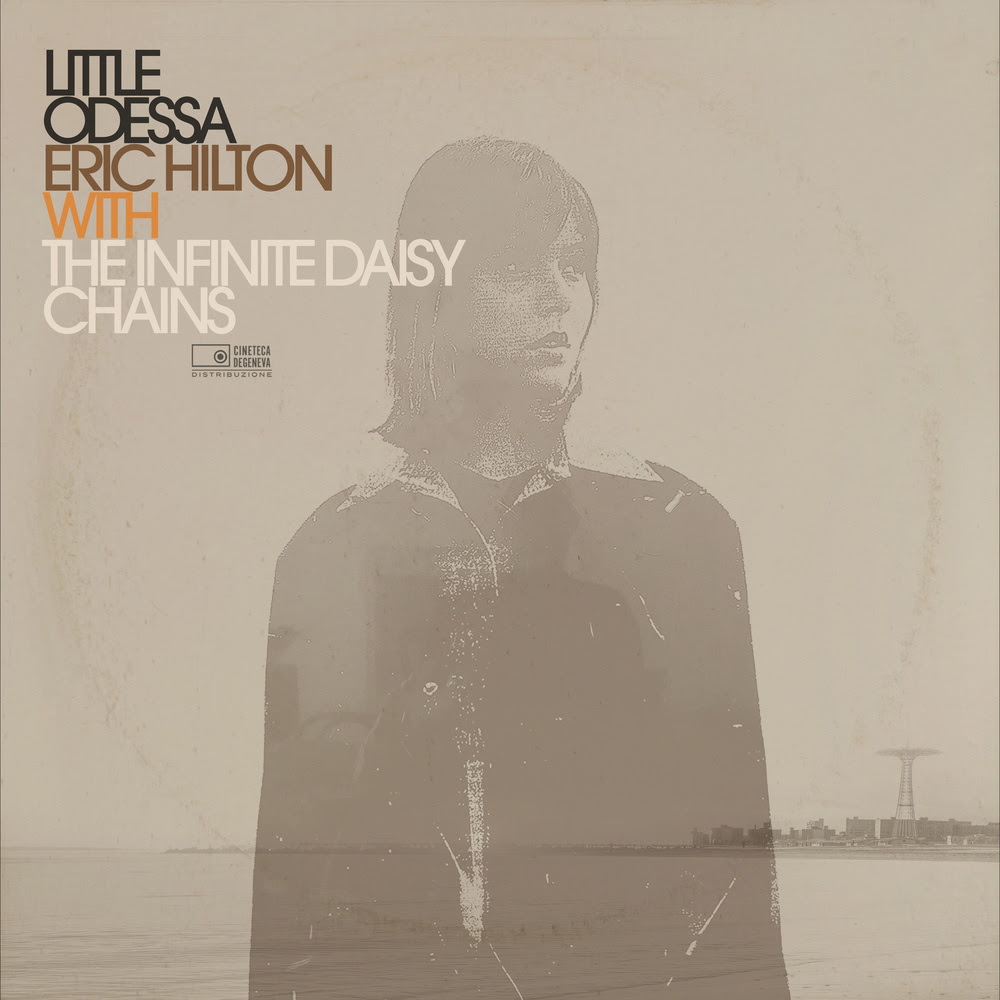
Recent Comments